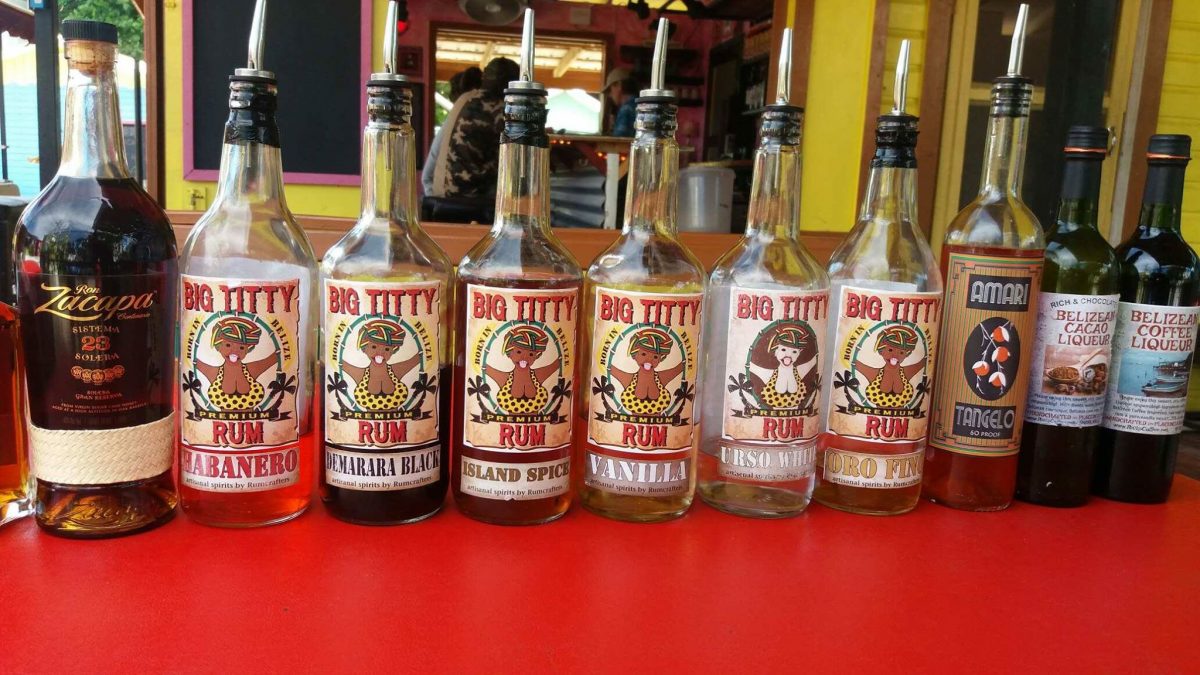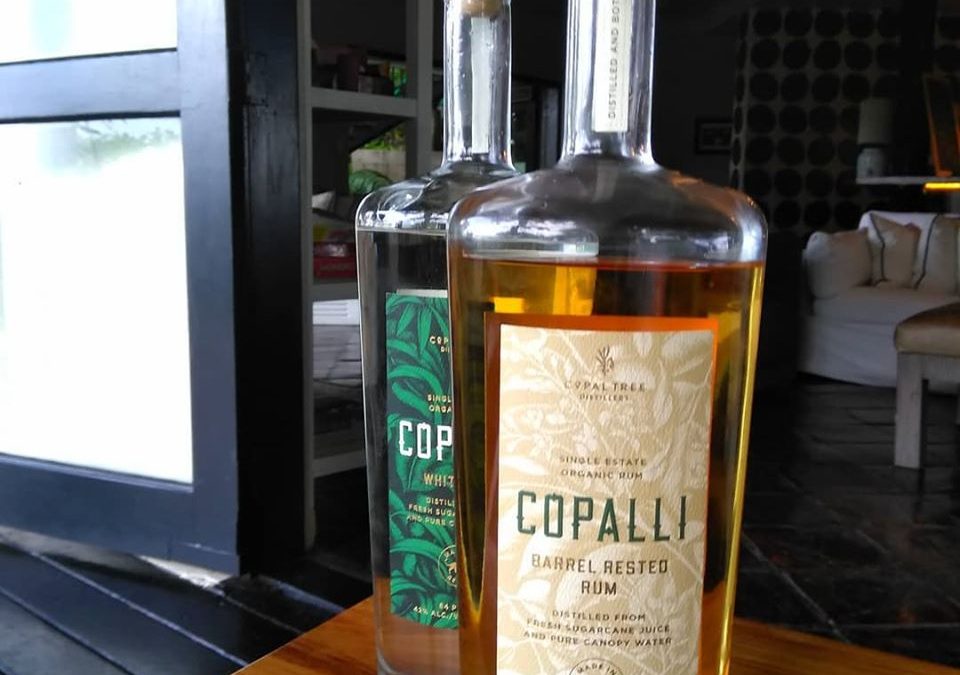
Explore Placencia’s Food
December 7, 2019
Dalla Wap!
May 15, 2020Belizean Rums of the South
Once you enter the Caribbean basin, whether you are on the mainland or our neighboring island nations, you have arrived in the homeland of rum. This spirit is inextricably tied to the sugar industry and a colonial history of slavery and exploitation. In fact, it is likely that the earliest alcoholic beverage derived from the sugar industry was a fermented molasses “wine” consumed by sugar cane field workers to dull the pain of slavery. Europeans discovered that this fermented molasses mix could be distilled, creating what is now known as rum. The origin of the name rum is contested but some argue that it is simply short for Saccharum Officinarum, the Latin/scientific name for sugarcane.
The sugar industry came late to Belize as compared to other British colonies in the region. In the 17th and 18th centuries sugar and rum were both imported commodities in British Honduras, brought from the sugarcane growing islands of the Caribbean and southern Mexico. British Honduras, as Belize was known in the colonial era, was administered by the British as a timber production site and large scale agriculture was actively discouraged for centuries. It was not until the 1850s that sugar cane planters from the Yucatec state of Mexico fled the Caste War and set up shop in northern Belize, Orange Walk and Corozal districts, where they began to grow cane for sugar production. American Confederate sugar cane planters followed on their heels in the 1860s and 1870s and Belize’s sugar industry was born.
In Belize large scale rum distillation did not begin until the 20th century, though some small stills were in operation in the 1800s. Today our big rum distilleries are L&R Liquors, Travelers Liquors and Cuellos Distillery, all located in the northern half of the country where Belize’s sugarcane industry is concentrated. This wasn’t always the case-in the 1860s a group of Confederate Americans settled in Toledo District, our southernmost region, and began producing sugar. One family decided not to waste the byproduct, molasses, and so built a still. Thus was born Rocky Run Rum, a famous little rum maker that survived for almost a hundred years before shutting down in the late 1970s. Today southern Belize is building on that tradition to introduce some new and exciting rums.
Where Rocky Run Rum once stood is Copal Tree Lodge and Belize’s newest distillery, Copalli Rum. Copalli Rum is a unique distillery in Belize for a number of reasons. They use only organic sugar cane, red and purple varieties that they grow on their property, and they produce what is called an “agricole style” rum that is certified organic. Instead of using molasses, agricole style rum is produced by fermenting and distilling sugar cane juice. Copalli uses both column and pot stills to make a white rum, a “barrel rested” (6 months in an oak bourbon barrel) rum and a cacao rum, all in the agricole style. These have already garnered some prestigious awards in the 18 months since they opened their doors. In 2019 the Copalli Barrel Rested received the double gold at the International Rum Conference and the Copallli White received a single gold as well as the gold medal at the New York International Spirits Competition. The cacao rum, their newest product, is receiving rave reviews for its clean, bold chocolate flavor.

Copalli is not the only new name in the rum game. Another, completely different, brand is Big Titty Rum. Big Titty Rum, the creation of restaurateur Frankie Galiano, calls Afrodite Bar its home base. At Afrodite Bar, located across the sidewalk from Tipsy Tuna Bar in downtown Placencia Village, you can buy a bottle and try a range of craft cocktails featuring Big Titty white, spiced, gold, aged, habanero and my favorite, demerara black, which tastes like Belizean black fruit cake in a glass. (2021 UPDATE: Afrodite Bar has been a casualty of COVID but Big Titty Rum is still in Placencia, contact them via their Facebook page for rum, merchandise and more). Unlike Copalli, Big Titty does not boast a 4 story high column still or a 5,000 litre pot still. Instead they buy bulk rum from larger distilleries in northern Belize and filter, refine and infuse it to create their branded rums. This greatly changes the quality and character of the base spirit as can easily be seen when trying Big Titty’s white rum in comparison with white rums from the commercial distilleries in northern Belize. Big Titty’s playful and provocative labeling and marketing campaign and their open approach to improving and altering already distilled spirits is an innovative approach to the Belizean rum market. While their production is currently tiny in comparison with Copalli Rum and the big distilleries of the north, their character is big and their brand is winning fans and selling tee-shirts to many.
While the North may still be the heartland of sugarcane, sugar and rum production in Belize, the rums of the south are catching the attention of the industry and of international spirits experts. If you drink make sure to give them a try! Enjoy our memorable rum class in the comfort of your own hotel or vacation rental, or jump in our van for our famous Copalli Rum tour for hands on rum adventures in southern Belize! Ask for these rums at the famous beach-side venues Barefoot Bar and Tipsy Tuna Bar, or you can buy your own bottle at Taste Belize Tours shop and several grocery stores on Placencia Peninsula.
Lyra Spang is owner/guide of Taste Belize Tours, a unique cultural & culinary tour company. She researches & writes about food whenever she can. tastebelize.com/ tastebelize@gmail.com.

